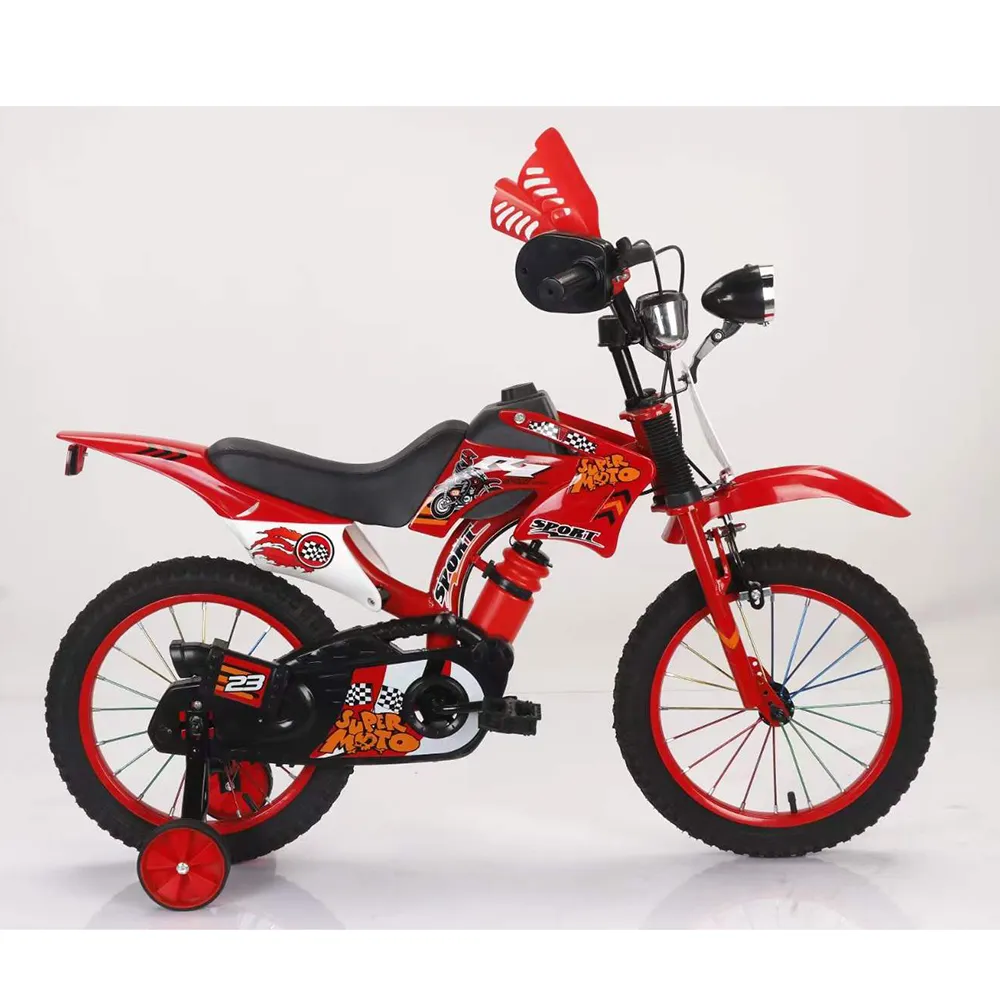all mountain bike
Embracing the All-Mountain Bike A Journey Through Versatility and Adventure
In the ever-evolving world of cycling, the all-mountain bike has emerged as a versatile and compelling choice for riders who seek the thrill of trail riding without compromising on performance. Combining elements from cross-country and downhill bikes, the all-mountain bike is designed to tackle varied terrains, making it a perfect companion for adventurous cyclists. This article explores the features, benefits, and considerations of all-mountain bikes, providing a comprehensive overview for those considering this exciting recreational option.
Understanding the All-Mountain Bike
An all-mountain bike, often referred to as AM bike, is built to handle a wide range of trail conditions. These bikes feature a robust frame architecture, with travel ranges typically between 130mm to 160mm. This level of suspension travel allows riders to navigate through rugged descents while still maintaining enough efficiency for climbing steep terrains.
Another defining characteristic of all-mountain bikes is their geometry. These bikes usually feature a slacker head angle and a longer wheelbase than traditional cross-country bikes. This design offers enhanced stability on descents and technical sections, giving riders the confidence to tackle challenging trails. Additionally, the lower center of gravity facilitates better handling, especially when cornering.
Key Features of All-Mountain Bikes
1. Suspension Systems Most all-mountain bikes are equipped with either a full-suspension or dual-suspension system. This feature ensures that both the front and rear wheels absorb shocks from obstacles on the trail, providing maximum comfort and control.
2. Tire Width and Tread Patterns All-mountain bikes typically come with wider tires, often ranging from 2.3 to 2.6 inches. These tires offer greater traction and stability, essential for navigating through mud, rocks, and other challenging conditions.
3. Durability Constructed from robust materials, including aluminum or carbon fiber, all-mountain bikes are built to withstand the rigors of mountain biking. This durability allows riders to tackle gnarly trails without concerns about damaging their equipment.
4. Versatility in Gear All-mountain bikes often come with a wide range of gears, enabling cyclists to efficiently transition between steep climbs and rapid descents. This feature enhances the riding experience, providing seamless performance across different elevations.
Benefits of All-Mountain Biking
all mountain bike

1. Adventure Opportunities All-mountain biking opens up a world of adventure. Riders can explore various trails, from challenging climbs to thrilling descents, providing an all-encompassing outdoor experience.
2. Fitness and Health Mountain biking is an excellent way to improve physical health. It combines cardiovascular exercise with strength training, particularly for the legs and core. Regular riding enhances stamina, coordination, and overall fitness.
3. Mental Health Benefits Spending time outdoors is known to reduce stress and improve mental well-being. All-mountain biking allows cyclists to connect with nature while challenging themselves physically, leading to enhanced mood and lower anxiety levels.
4. Community and Social Connections Mountain biking often fosters a sense of community. Many local trails host events and group rides, enabling cyclists to meet like-minded enthusiasts. The camaraderie built through shared experiences can lead to lasting friendships.
Considerations When Choosing an All-Mountain Bike
When selecting an all-mountain bike, potential buyers should consider various factors to ensure they make the right choice. Firstly, determining the appropriate frame size is crucial for comfort and efficiency. Testing different models can help identify the most suitable options.
Additionally, riders should evaluate their riding style and preferred terrain. If you plan to focus more on downhill riding, opt for a bike with a more aggressive geometry. Conversely, if you lean towards climbing, consider a model with slightly less suspension travel for better efficiency.
Lastly, budgeting is essential. All-mountain bikes can vary significantly in price, influenced by the brand, materials, and features. It's worth investing in a quality bike that will provide reliable performance and longevity.
Conclusion
The all-mountain bike represents the pinnacle of versatility in the mountain biking world. With its ability to traverse challenging terrains while still providing comfort and efficiency, it appeals to a wide range of cyclists. By understanding the key features and benefits of these bikes, riders can make informed decisions that align with their adventure aspirations. So gear up, hit the trails, and embrace the exhilarating journey that all-mountain biking offers!
-
Three-Wheel Light-Up Scooter Benefits for KidsNewsJul.11,2025
-
The Importance of Helmet Safety When Using a Kids ScooterNewsJul.11,2025
-
Nurturing Early Mobility with an Infant ScooterNewsJul.11,2025
-
How to Choose the Safest Tricycle for KidsNewsJul.11,2025
-
Fixing a Squeaky Baby Push Tricycle in MinutesNewsJul.11,2025
-
Cleaning and Maintaining a Tricycle for Big KidNewsJul.11,2025
-
Unleash Fun and Safety with Our Premium Kids Scooter CollectionNewsJun.06,2025








